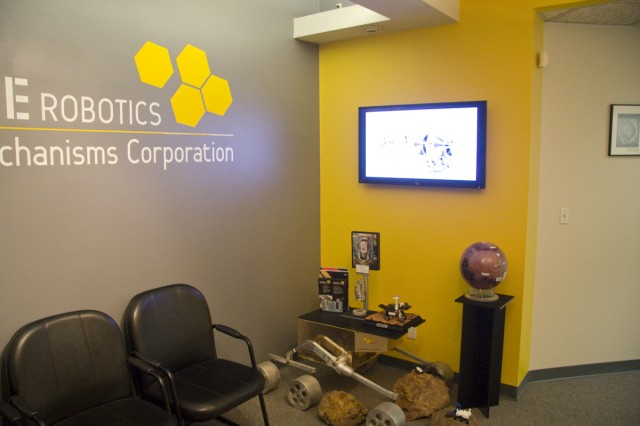Building the robots of Mars—and running them from Manhattan
Ars Technica » Scientific Method 2013-10-18

After getting off the subway at 34th Street, I headed west past Macy's and continued walking as the storefronts gradually gave way to office towers. As the Hudson came into view, I stepped into a generic office building and headed for the seventh floor, finally stepping into an office that is anything but generic—a fact made obvious by the scale model of a Martian rover sitting in the lobby, complete with reddish rocks for it to drill.
I'd found the home of Honeybee Robotics, a company that has made a name for itself by making key components of NASA's incredibly successful Mars rovers. And, in talking with co-founder Steve Gorevan, I learned how someone who got his start refurbishing pianos ended up setting the agenda on another planet from an office in Midtown Manhattan.
Many of the robots that end up in the pages of scientific journals do so because they have processing power to spare, allowing them to be highly maneuverable and capable of processing what's going on in their surroundings. In fact, a lot of these robots have such high processing-power demands that they're controlled by a server that is too heavy to incorporate in the robot itself; it usually sits in a nearby room and has to stay in constant communication with the robot.
Read 16 remaining paragraphs | Comments




